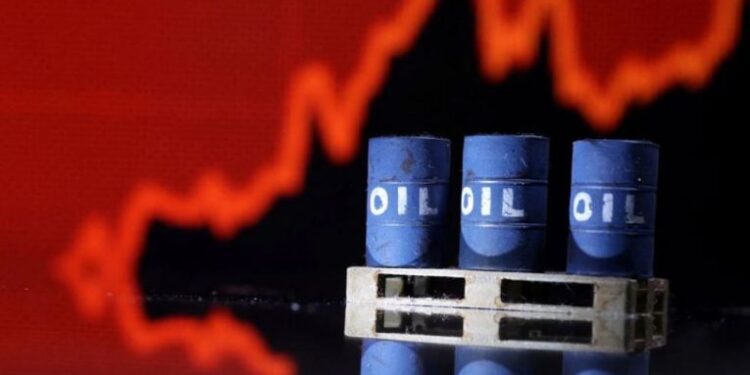Oil prices were broadly steady on Thursday as the market weighed supply tightening against demand fears after a rise in US crude and gasoline inventories pushed prices to multi-month lows in the previous session.
Brent crude futures were up 36 cents, or 0.37% at $97.14 a barrel by 0925 GMT, while West Texas Intermediate (WTI) crude futures were up 43 cents, a up 0.47%, to $91.09.
Both benchmarks fell on Wednesday to their weakest levels since Russia’s February 24 invasion of Ukraine, which Moscow calls “a special operation.”
The move followed a surprise rise in US crude oil inventories last week. Gasoline stocks, a gauge of demand, also showed a surprise build as demand slowed, the Energy Information Administration said.
Wednesday’s decision by the Organization of the Petroleum Exporting Countries and allies such as Russia, known as OPEC+, to raise its oil production target by 100,000 barrels per day (bpd) in September has added to bearish sentiment.
While growth equates to just 0.1% of global demand, the demand outlook remains clouded by growing fears of an economic downturn in the United States and Europe, debt concerns in emerging market economies and a strict zero-covid-19 policy. 19 in China, the world’s largest oil importer.
Edward Moya, senior analyst at OANDA, said he expected prices to rise even against the deteriorating economic backdrop. “Crude oil prices should find strong support around the $90 level and will eventually return to the $100 barrel level, even as the global economic slowdown accelerates,” he said.
Additional support for prices came from the Caspian Pipeline Consortium (CPC), which links Kazakh oil fields to the Russian Black Sea port of Novorossiisk, which said on Wednesday that supplies had fallen sharply.



